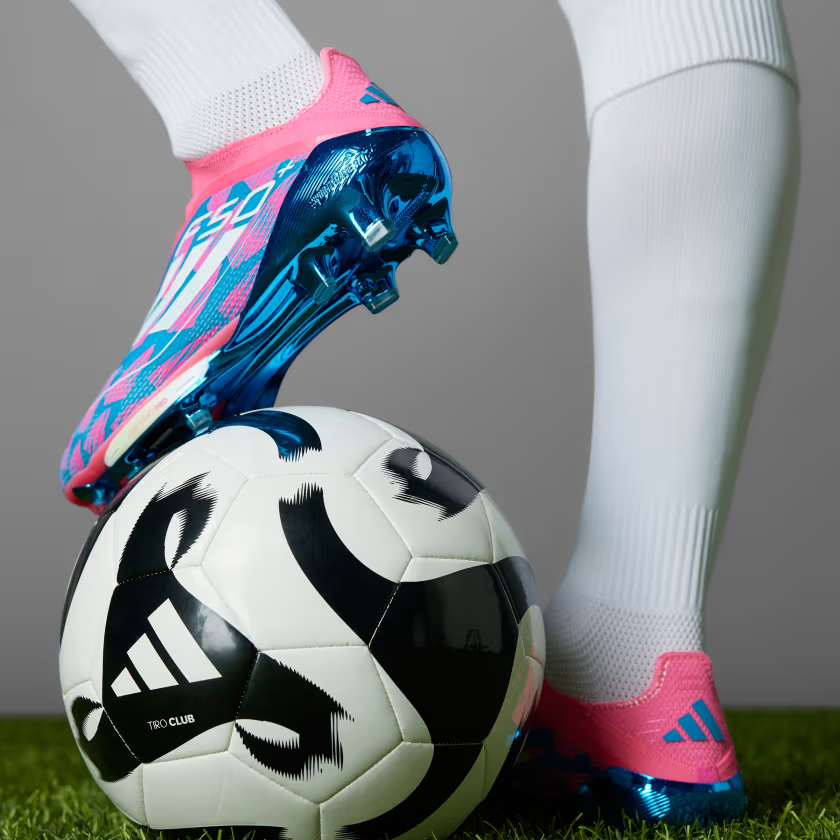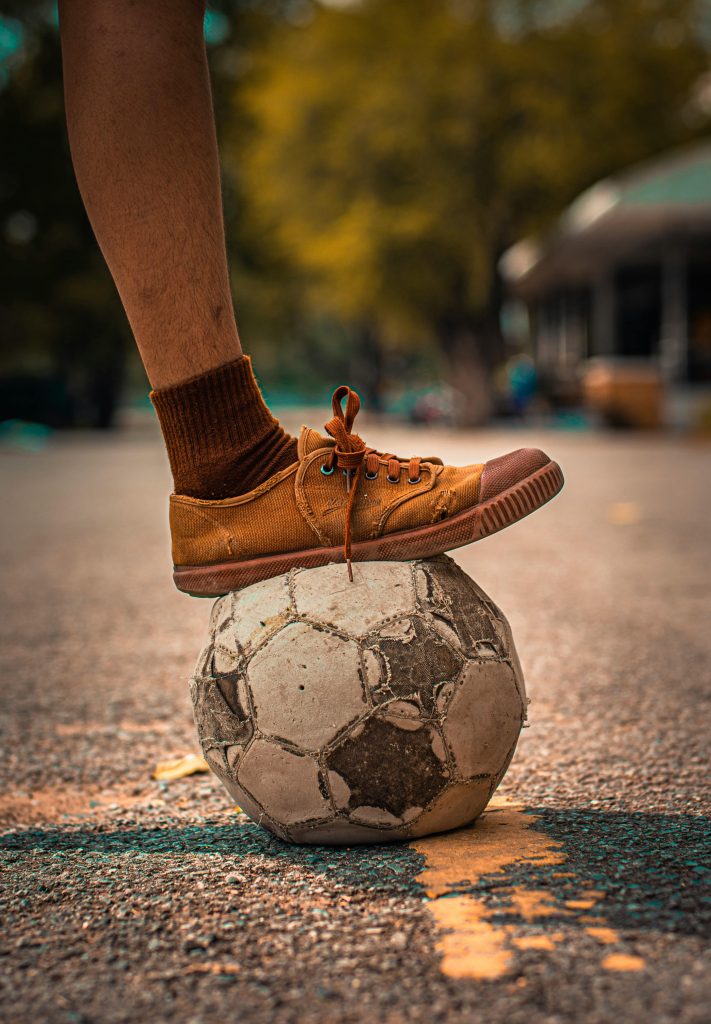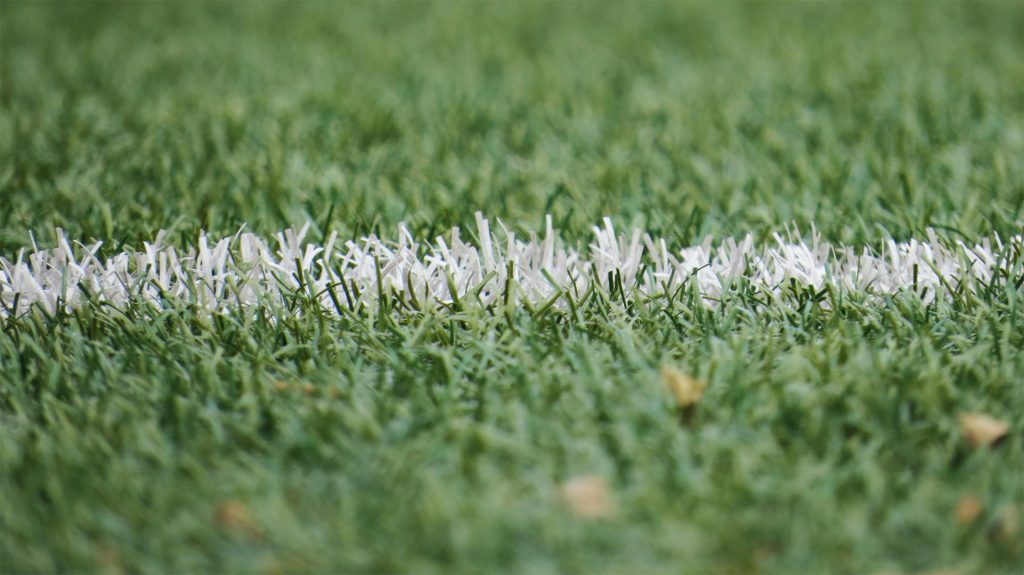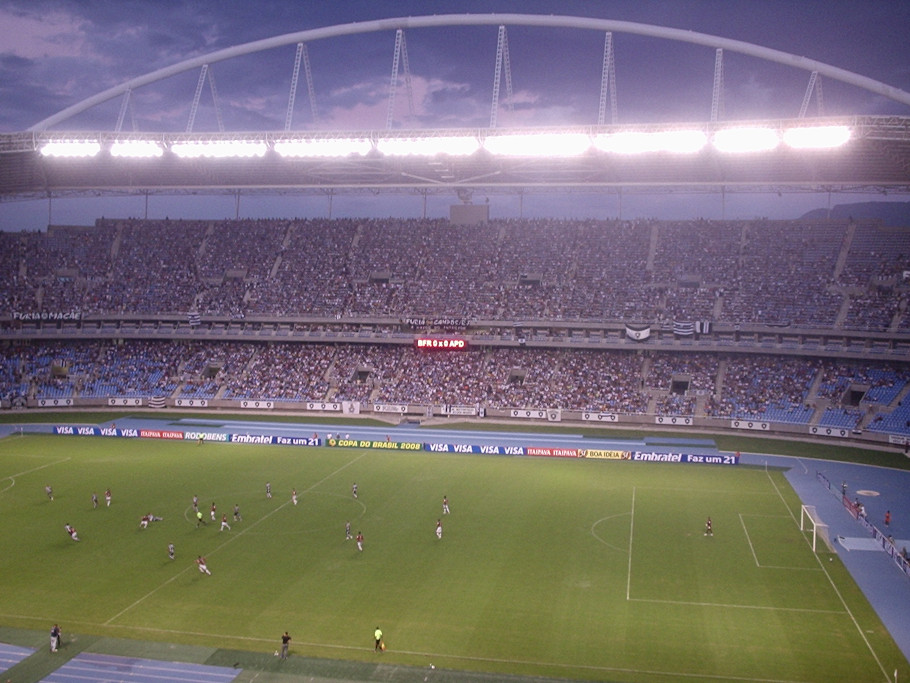Football boots have undergone a dramatic transformation over the decades, reflecting changes in technology, materials, and the demands of the modern game. From the sturdy, heavy leather boots of the past to today’s lightweight, high-performance footwear, the evolution of football boots tells a fascinating story of innovation and the ever-changing needs of footballers. This article explores the key differences between old and new football boots, examining how these changes have influenced the game and the players who wear them.
Materials: Leather vs. Synthetics
One of the most significant differences between old and new football boots lies in the materials used. Traditionally, football boots were made from thick, heavy leather, usually sourced from cowhide or kangaroo skin. This leather was durable and provided good protection for the foot, but it also absorbed water, making the boots even heavier in wet conditions. The weight and rigidity of these boots were seen as necessary to withstand the physical demands of the game and to protect players from the rough tackles that were common in the sport’s early days.
In contrast, modern football boots are made primarily from synthetic materials, which are much lighter and more flexible than leather. These synthetic materials, such as polyurethane (PU) and thermoplastic polyurethane (TPU), do not absorb water, meaning the boots remain lightweight even in the rain. This shift has allowed for greater speed and agility on the pitch, as players are not weighed down by their footwear. Additionally, modern boots often incorporate mesh and knit fabrics, which provide breathability and a sock-like fit, enhancing comfort and control.
Buy the best adidas footballbootsDesign and Fit: From Stiffness to Flexibility
Old football boots were designed with a focus on durability and protection. The leather was thick, and the boots were often quite stiff, requiring significant time to “break in.” This stiffness provided support but also limited the range of movement and flexibility, which could affect a player’s ability to make quick, sharp movements.
Today’s football boots, however, are designed with flexibility and comfort in mind. Modern boots are typically pre-shaped to fit the natural contours of the foot, reducing the break-in period and allowing for a more immediate, comfortable fit. The introduction of technologies like Flyknit by Nike or Primeknit by Adidas has revolutionized boot construction, offering a snug, sock-like fit that moves with the foot. This flexibility allows players to execute rapid changes in direction and quick movements, which are crucial in the fast-paced modern game.
Weight: Heavy vs. Lightweight
One of the most obvious differences between old and new football boots is their weight. The thick leather and metal studs of old boots made them significantly heavier than today’s models. A typical pair of football boots from the mid-20th century could weigh upwards of 500 grams per boot, especially when wet. This added weight was a burden for players, particularly in the latter stages of a match when fatigue set in.
Modern football boots, by contrast, are engineered to be as light as possible, with some boots weighing as little as 200 grams per boot. This reduction in weight has been made possible by advancements in materials science and design. Lightweight boots enhance a player’s speed and endurance, allowing for quicker sprints and less energy expenditure over the course of a match. The focus on reducing weight reflects the modern game’s emphasis on speed and agility, qualities that are increasingly valued in football.
What are the best football boots at the moment?
FOOTBALL BOOTS DESIGNED FOR TURBO SPEED WITH AN ICONIC NAME, PARTLY MADE WITH RECYCLED MATERIAL.
Free the fast with the adidas F50. Crafted to help you reach your full potential in acceleration, movement, and speed. These adidas + football boots elevate your F50 experiences even further. This is thanks to a Sprintframe 360+ outsole with a double forefoot plate and a Lightstrike Pro insert. The Fibertouch upper is equipped with a Compression Fit Tunnel Tongue for a secure fit and a Sprintweb 3D texture for high-speed dribbling.

- Neymar’s Return to Santos FC - January 29, 2025
- Manchester United and Manchester City: Challenges in the 2024-2025 Premier League Season - January 5, 2025
- Manchester City: The Downfall of a Modern Football Powerhouse - December 16, 2024



